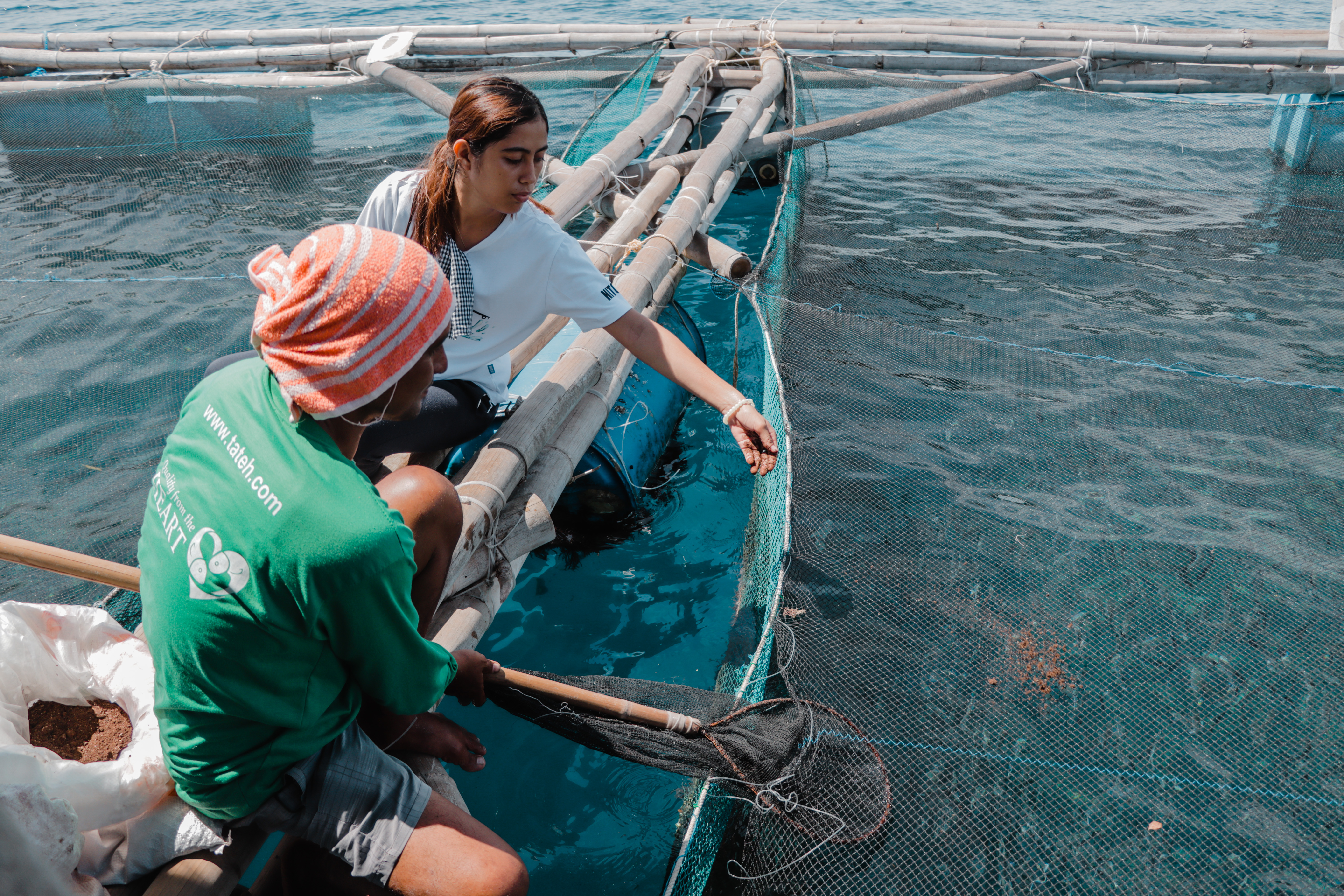Challenges and progress of grouper aquaculture in asia: A Review
DOI:
https://doi.org/10.59120/drj.v14i2.109Keywords:
Aquaculture, conservation status, full-cycle aquaculture, grouper, MPAAbstract
Asia is widely recognized for its grouper aquaculture. China (65%), Taiwan (17%), and Indonesia (11%) together account for 93% of global grouper production. This study recorded 48 species, and 16 hybrids were used in Asian aquaculture. The conservation status of cultured grouper species is 67% least concern, 17% data deficient, 10% vulnerable, and 2% critically endangered, endangered, and near threatened. Most Asian countries face issues such as (1) lack of hatcheries, (2) poor seed stock, (3) poor broodstock quality, (4) lack of financial and technical support, (5) trash fish and accessibility to fish pellets, (6) poor water quality, (7) diseases, and (8) capture-based aquaculture. These issues, combined with overfishing, contribute to a decline in grouper productivity and their wild population. The decline has alarmed experts and conservationists looking into the causes and potential remedies to this problem. Some management strategies mentioned in this paper include: (1) closed season during spawning aggregation, (2) establishing more marine protected areas (MPAs), particularly the no-take marine reserve, (3) non-consumptive utilization of groupers (eco-tourism) and (4) establishing more full-cycle grouper aquaculture. The results of this study suggest that implementing these strategies could be an effective means of addressing the issue of grouper production and that additional research is required to determine the most effective method of addressing this problem. The findings of this study have significant implications for the development and sustainability of grouper aquaculture and highlight the need for further research in this area.
Downloads
References
Afero, F., Miao, S., & Perez, A. A. (2010). Economic analysis of tiger grouper Epinephelus fuscoguttatus and humpback grouper Cromileptes altivelis commercial cage culture in Indonesia. Aquaculture International, 18, 725-739.

Downloads
Published
Issue
Section
License
Copyright (c) 2023 Cirilo O. Ybanez Jr., Ruby C. Gonzales

This work is licensed under a Creative Commons Attribution-NonCommercial 4.0 International License.
DRJ is an open-access journal and the article's license is CC-BY-NC. This license allows others to distribute, remix, tweak, and build on the author's work, as long as they give credit to the original work. Authors retain the copyright and grant the journal/publisher non-exclusive publishing rights with the work simultaneously licensed under a https://creativecommons.org/licenses/by-nc/4.0/.





